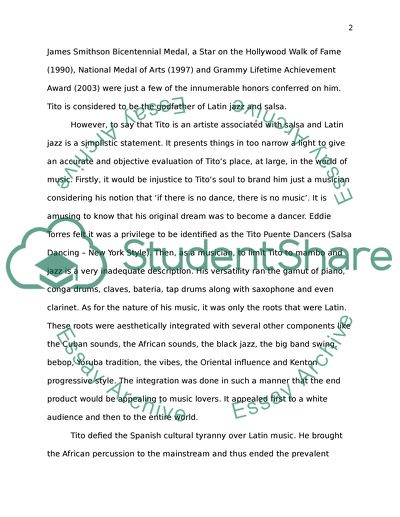Cite this document
(“Tito Puente Research Paper Example | Topics and Well Written Essays - 3000 words”, n.d.)
Retrieved from https://studentshare.org/family-consumer-science/1419744-tito-puente
Retrieved from https://studentshare.org/family-consumer-science/1419744-tito-puente
(Tito Puente Research Paper Example | Topics and Well Written Essays - 3000 Words)
https://studentshare.org/family-consumer-science/1419744-tito-puente.
https://studentshare.org/family-consumer-science/1419744-tito-puente.
“Tito Puente Research Paper Example | Topics and Well Written Essays - 3000 Words”, n.d. https://studentshare.org/family-consumer-science/1419744-tito-puente.


